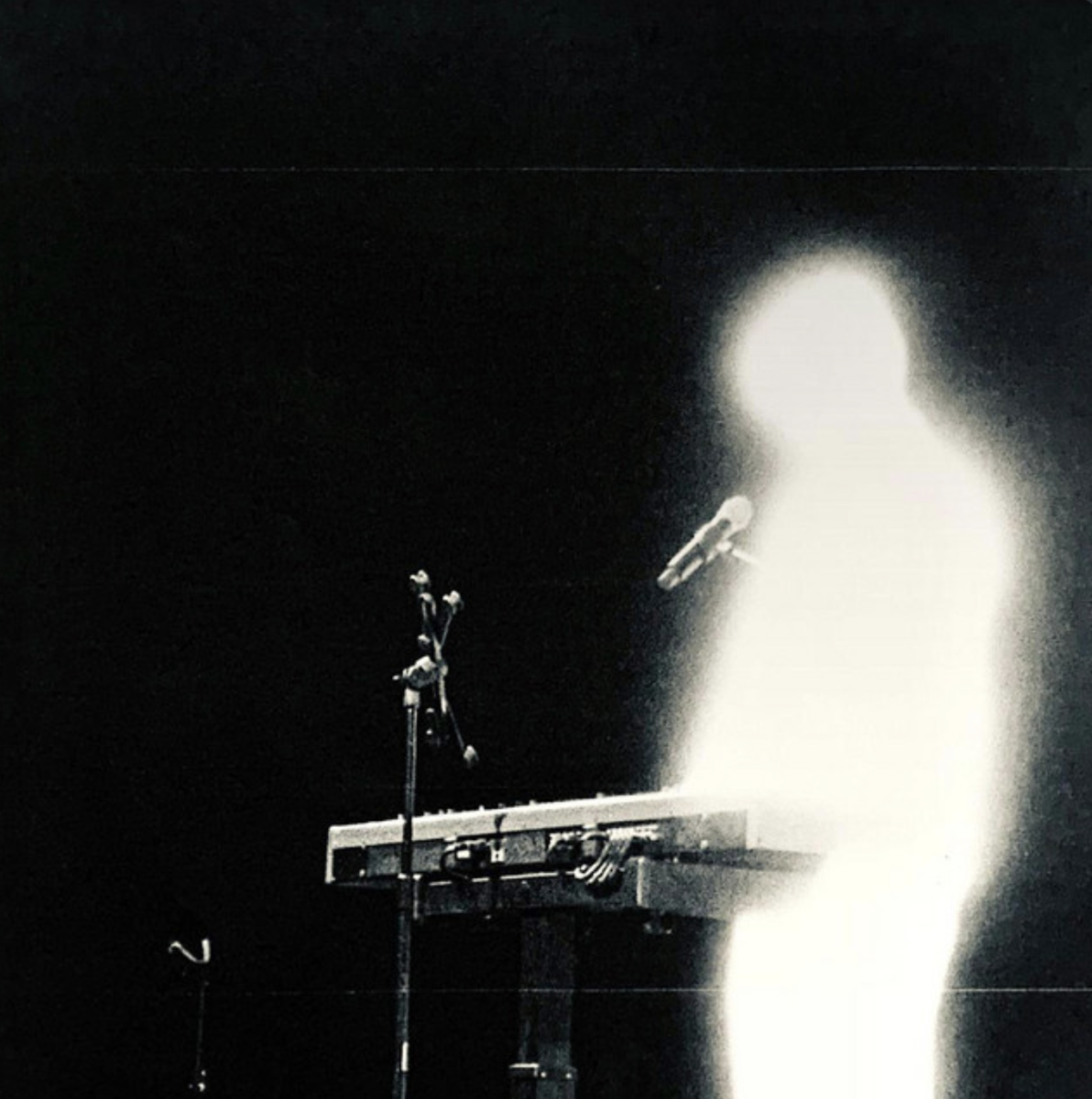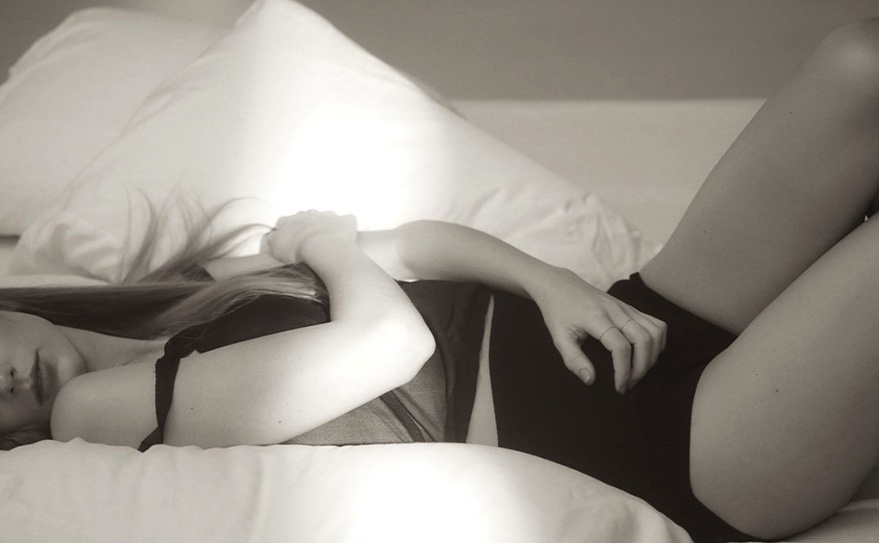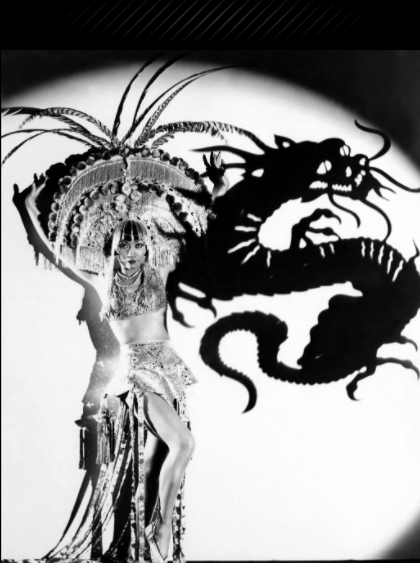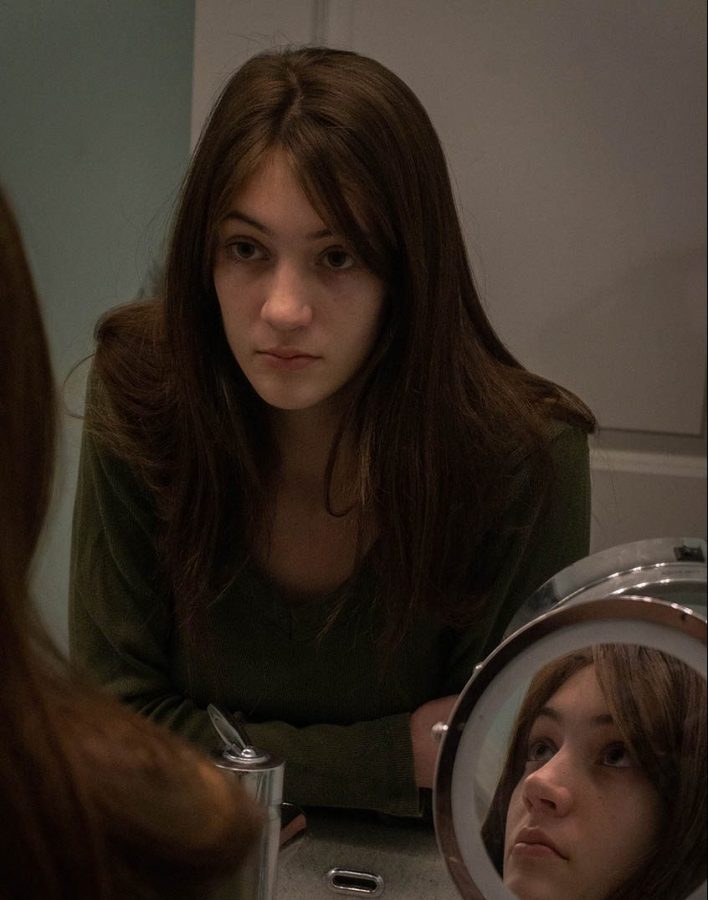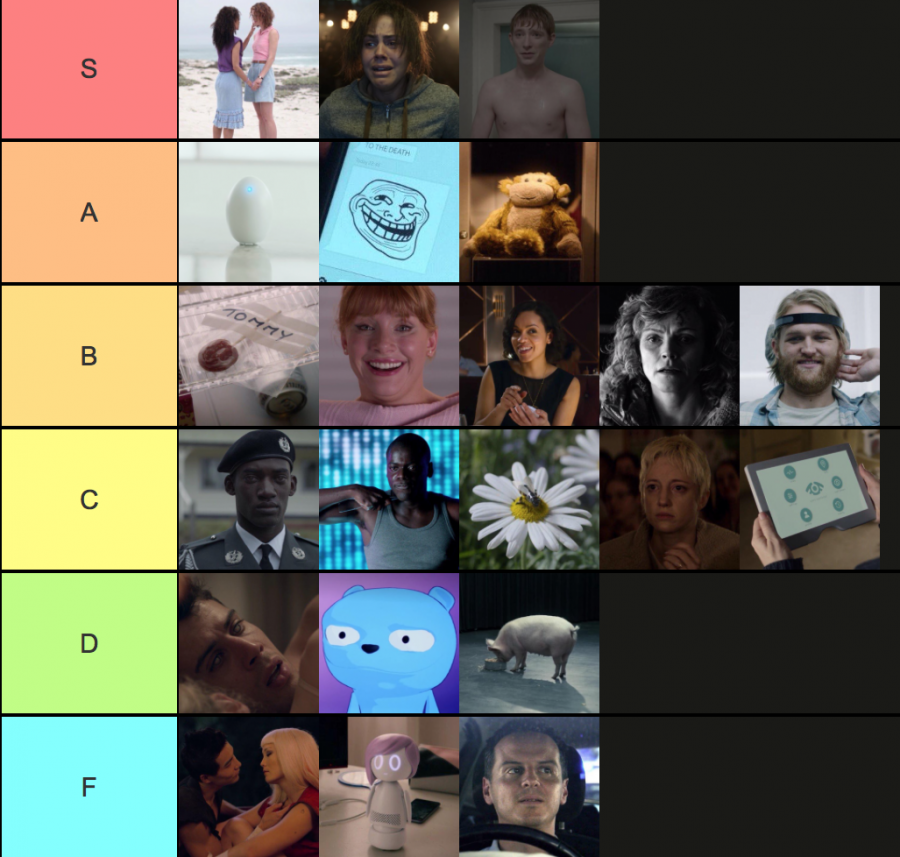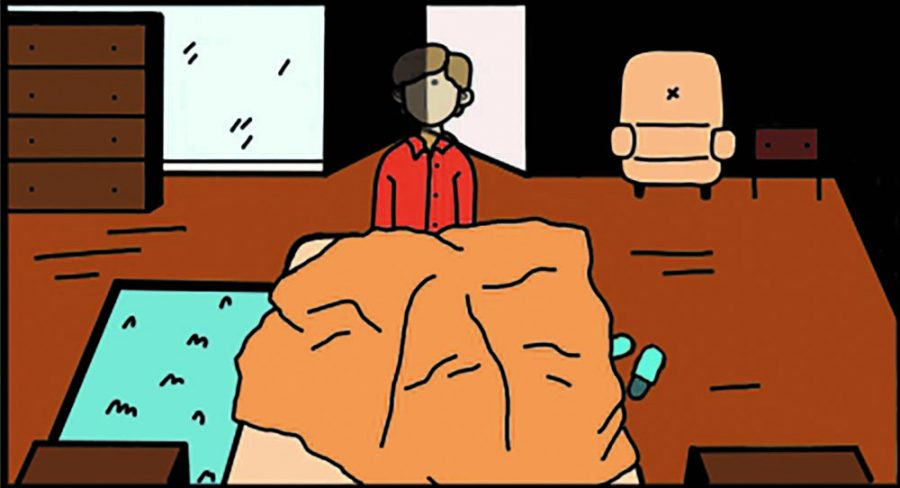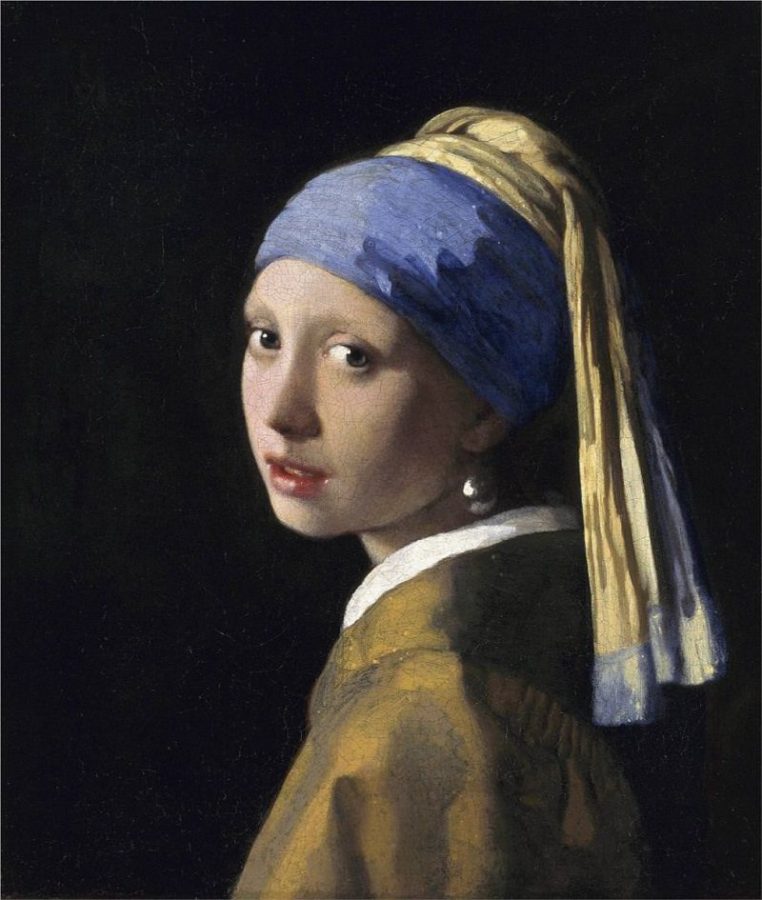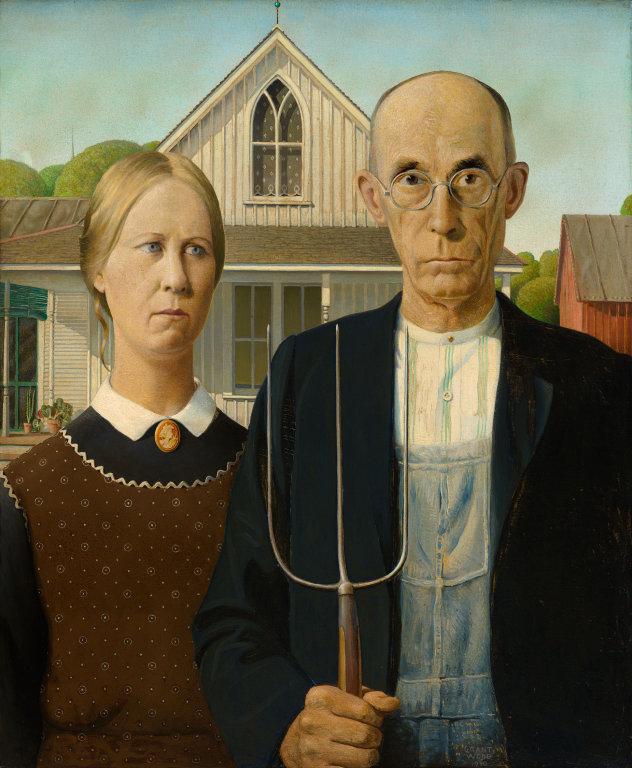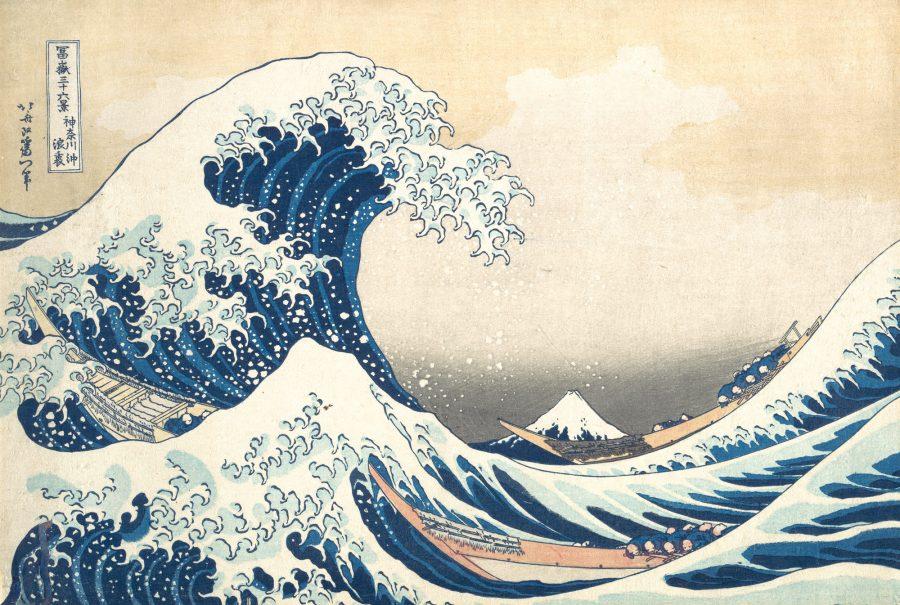Many people know of the iconic expressionist painting, The Scream, and it’s blazing hues of orange contrasting the dark aura of the scene. Even so, many are unaware of the dark autobiographical experience depicted within the art, as well as the psychological struggles Munch faced in real life.


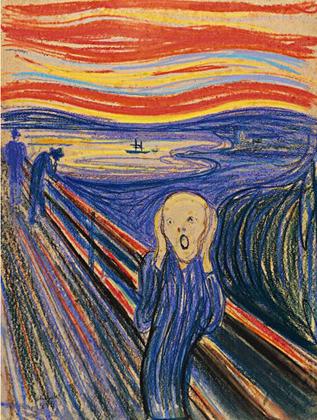
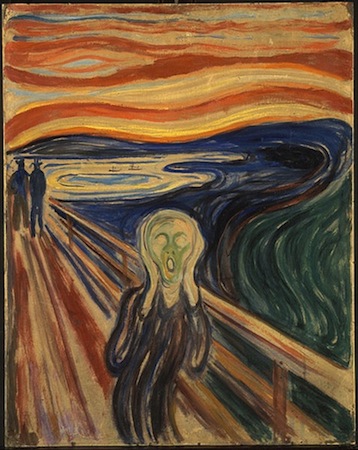
First off, The Scream is not just a singular painting, but a series of four, (and several other recreations with the purpose of being sold), each depicting the same scene experienced by Munch during his childhood. Munch describes the story in a handwritten poem that was a companion to his final version, the tempera on board. The poem describes a “vision” or “breakdown” of sorts that he experienced during a walk with two companions:
“I was walking along the road with two Friends / the Sun was setting – The Sky turned a bloody red / And I felt a whiff of Melancholy – I stood / Still, deathly tired – over the blue-black / Fjord and City hung Blood and Tongues of Fire / My Friends walked on – I remained behind / – shivering with Anxiety – I felt the great Scream in Nature – EM.”
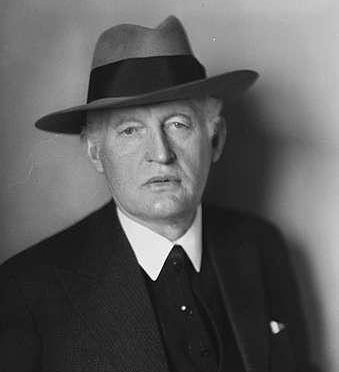
When elaborating upon the issue, Munch stated that during the time of the scene the “air turned to blood” and the “faces of [his] comrades became a garish yellow-white.” However this mental anguish also corresponds with Munch’s state of mind at the time. Theories of The Scream’s meaning have lead trails to the topic of suicide, with reports of Munch struggling with his own issues at the time the first The Scream was conceived in 1893, including being broke, struggling with a recent failed love affair and the fear of developing mental issues that ran through his family line. During that same time he was producing an exhibition for 1902, including The Scream as well as the artworks Melancholy, Jealousy, Despair, Anxiety and Death in the Sickroom.
(It should be noted that the bridge in the background of Despair and Anxiety share a resemblance to the ones featured in all of The Screams, enhancing the feeling of said named emotions in the piece.)
Furthermore, the location of the painting, presumably on a bridge, suggests an area popular for jumper suicides. It has also been theorized that the bridge sat within earshot of a slaughterhouse as well as an insane asylum where Munch’s sister, Laura who suffered from schizophrenia, was being treated.




Munch’s family history was littered with psychological troubles and suffering. He was in constant fear of contracting the same fate, but his chances of experiencing his own mental illness heightened after witnessing the death of his mother from tuberculosis in 1868, when Munch was only five. His widowed father, who suffered from mental illness, raised Munch and his siblings through impounding fears of hell and other deep seated issues. These cases of tragedy along with others set Munch on the path of creating deep melancholic pieces such as The Scream and many others to come.
Sadly, though, much of Munch’s work was reliant on his tragic experiences. Many of his works depict scenes of death, terror and loneliness, seen in the sharp contrast between lines and hues, dark and somber colors and exaggerated shapes seen in a majority of his art. It has been speculated that two of his pieces, By the Death Bed and Death in the Sickroom, feature the death of his mother, his sister Sophia, or Munch himself, in which his mother and sister were victims of tuberculosis with Munch as the lone survivor. His various versions of his painting, The Sick Child, however, are surely images of his sister Sophia.



Munch himself has acknowledged the symbiotic relationship between his sorrow and his art, once writing: “My fear of life is necessary to me, as is my illness…Without anxiety and illness, I am a ship without a rudder…My sufferings are part of my self and my art. They are indistinguishable from me, and their destruction would destroy my art.”
Things weren’t all that bad for Munch, though. In 1908, he had a revelation after checking himself into a private sanitarium, an establishment for those suffering from chronic illness, on the outskirts of Copenhagen. Previously Munch had been suffering from alcohol abuse, began hearing hallucinatory voices and suffered from paralysis on his left side. The visit rejuvenated his spirits by reducing his drinking and stabilized his sanity. As of 1909, the melancholic undertones of his murals took a turn for a more optimistic tone, especially seen in his masterpiece, The Sun.
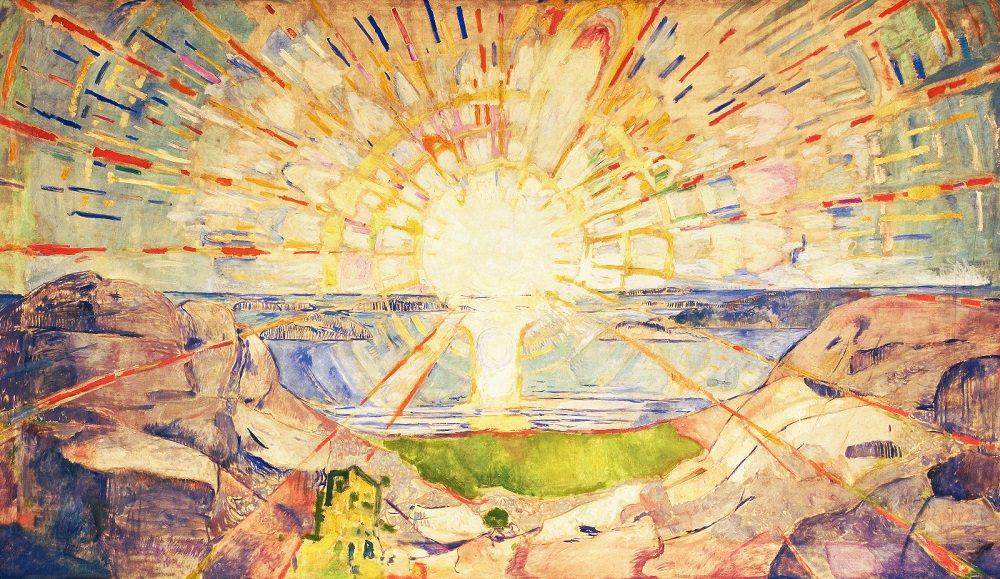
Whatever the initial reason may be, Munch in his new life was able to support the remaining members of his family and continue life with his “children,” whom he called his paintings.
During his reclusion Munch recorded his time alone through self-portraits and documentations. One of his final paintings, Self-portrait Between the Clock and the Bed, which dates from 1940-1943, not long before his death, depicts Munch as a calm and older man in between a clock and a bed, two symbols of death. He stands on the threshold between life and demise, with life seeming to represent the bright orange wall behind him with an array of his paintings, his life. It is as if Munch, in the end, seemed content with his life and was ready to put it behind him, just as the wall is in the painting. In the end, Despite all the horrors of his childhood, in the end they just resulted in a satisfactory life spent caring for his “children”.
Munch’s art, throughout the years, have always ended with a symbolic moral and a lasting impact left within all viewers. Hence, why Munch has been heavily associated with the symbolist movement; focusing on the lasting reflection of art rather than the externalportrayal, a motif Munch has never betrayed.













